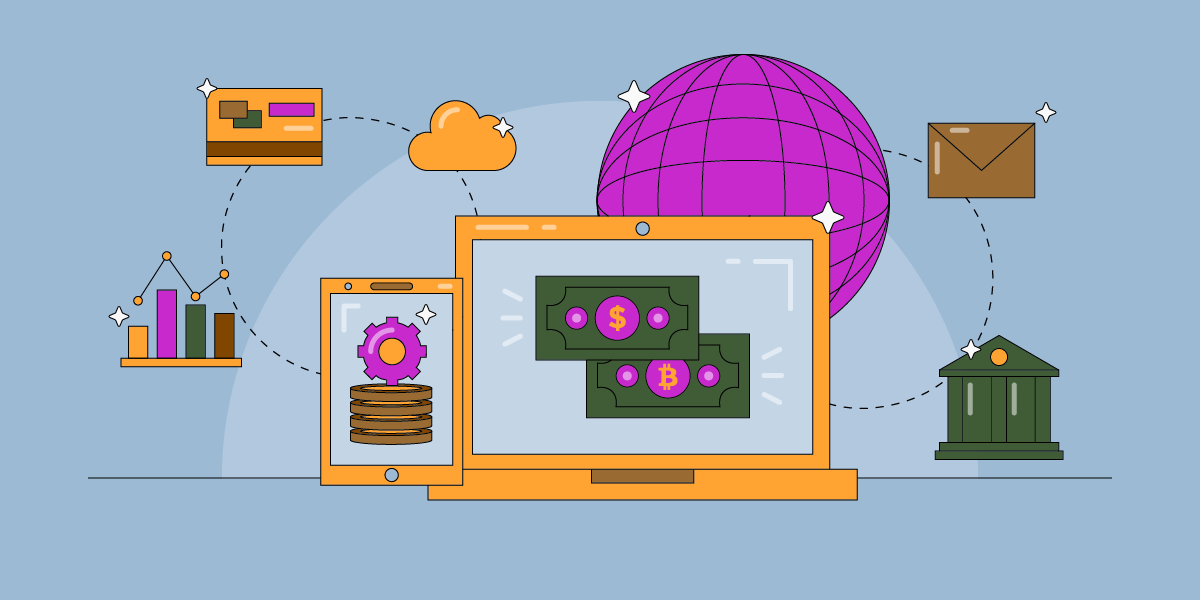The way banks provide services now, for all of us, changed dramatically in the past decade. There were forecasts not long ago that traditional banking systems would be phased out completely. Obviously, this did not occur; instead, banks evolved, and we can confidently assert that they are now stronger than they have ever been. What changed?
Innovations in banking technology
Since every innovation is a process, we notice that in the banking industry, new product development models are given a lot of thought. As NPD has become a part of the corporate culture and basic objective of each organization in this sector, plenty of new services have been introduced to customers. Every day, more technological innovations emerge, and it is up to banks to capitalize on the ones that will give them the greatest advantage. Furthermore, the majority of financial service consumers are adjusting to digital solutions that enable them to perform existing services more swiftly while also providing new ones.
The following are just a few examples from the fintech industry.
- Self-service digital banking
These self-service solutions are fast, simple, and transparent, and are accessible to the users at any time and from any location. We no longer queue for hours to fill out mounds of paperwork, thanks to simple smartphone applications, and we refer to this as a great customer experience. In the future years, banks will continue to improve overall user experience in this direction.
- Open Banking
In the banking industry, open banking is a driving factor of innovation. Open banking features decentralization, which allows banks to grant third-party service providers access to and control over their clients’ personal and financial data. It can be used to help consumers find the finest financial products and services based on their transaction data history. Banks may use this new technology to increase client relationships and loyalty by better assisting customers in financial management.
- Cloud Computing
In response to consumer expectations, established banking sector leaders compete with Big-tech businesses and fintech firms, all of which are lowering barriers to engagement with modern technologies. Using the advantages of cloud technologies is one method to make these businesses more competitive and flexible to changing market conditions. This is also an excellent example of one innovation stimulating the development of another.
Banking institutions have already undergone significant changes, with more to come by 2025. The digital transformation that banking is undertaking is centered on improving customer experience and, of course, developing more efficient digital channels. Actually, the majority of industry leaders believe that migrating to digital channels will become more common in the coming years. As a result, financial institutions and other market participants are increasingly likely to develop new services, extend digital engagement, and even develop new business models. Furthermore, fintech companies are quickly emerging as a natural choice for banking service consumers because they offer more modern solutions than the traditional banking system, which has definitely modernized its business to a large extent.






